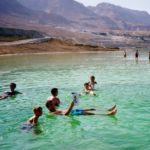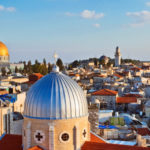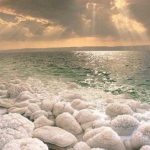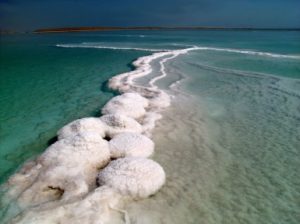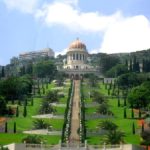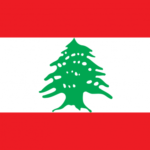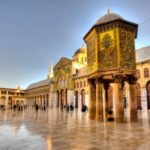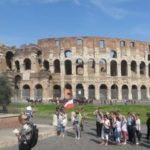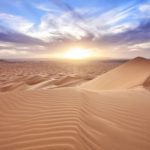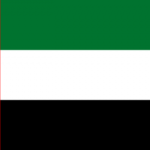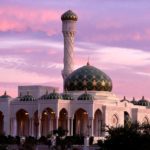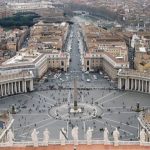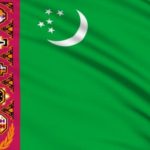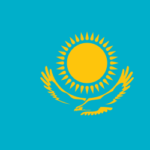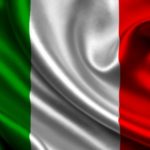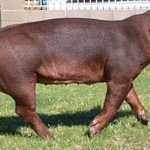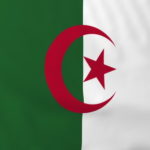Interesting facts about Jordan
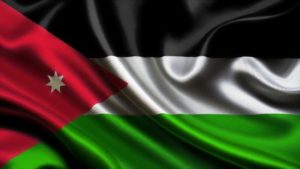 Jordan is a small Arab state next door to Israel. These ancient lands are literally soaked with history, and a huge number of cultural monuments of the ancient world attracts many tourists. The famous Dead Sea, which Jordan shares with Israel, is another local landmark, a true natural wonder of the world.
Jordan is a small Arab state next door to Israel. These ancient lands are literally soaked with history, and a huge number of cultural monuments of the ancient world attracts many tourists. The famous Dead Sea, which Jordan shares with Israel, is another local landmark, a true natural wonder of the world.
The territory of Jordan almost entirely (by 90%) is covered with deserts and semi-deserts. Forests account for less than 1% of the land. The most famous desert in the state is Wadi Rum, it became a decoration for many famous films.
Until 1950, the state was called Transjordan.
Jordan is one of the safest and quietest countries in the Arab world.
The Jordan River, repeatedly mentioned in the Bible, including the place of the baptism of Jesus Christ, serves as a natural boundary between Jordan and Israel.
One of the main Jordanian sights is the city of Petra, carved from stone, some of which date back to the 18th century BC.
The Queen of Jordan Rania Al-Abdullah is considered the most beautiful monarch in the world.
Almost all buildings in the Jordanian capital of Amman are lined with white limestone slabs, which makes them almost indistinguishable from each other.
It is believed that the prophet Moses was buried on the Jordanian mountain Nevo.
In Jordan, there is a special tradition, according to which a guest must refuse food three times before agreeing to sit down at the table. In addition, in this country it is not accepted to eat with the left hand.
There is a suggestion that the biblical Eden, the Garden of Eden, was located on the modern territory of Jordan.
Archaeologists have discovered in the Jordanian city of Aqaba the ruins of the world’s oldest Christian church, which dates back to the end of the III-beginning of the IV century.
On the outskirts of Amman, scientists found limestone figurines, which, according to research, were made 7,000 years before Christ.
Jordanian divers in 1999 flooded the American self-propelled anti-aircraft gun, which now serves as an artificial reef. It has become the home of many marine life.
At the racetrack of Jerash, spectacular performances are arranged, during which you can see the staging of gladiators and races on the ancient chariots.
In Jordan there is an ancient castle of Kuseyr-Amra, built in the beginning of the VIII century. Although much of this monumental structure is in ruins, in some of its buildings you can still enjoy beautiful mosaics and frescoes.
In the Gulf of Aqaba there are 110 species of soft corals and 120 varieties of hard corals, as well as over a thousand species of fish, which makes it extremely popular among divers.
One of the most common dishes in Jordan is falafel. The main dish for celebrations (mansaf) is rice and mutton, cooked in sour cream.
The national flower of Jordan is black iris.
The Dead Sea, located between Israel and Jordan – in fact, not the sea, but a lake, the water in which, by salinity, surpasses all other water bodies of the world. Local water and mud are widely known for their healing properties.
On the territory of Jordan is the world’s largest geological fault.
According to the local legend, a stone pillar on the shores of the Dead Sea is the stone of Lot’s wife, who fled with the family from the destroyed by the divine wrath of Sodom.
The air of Jordan is 8% more oxygenated than in any other country in the world.
If it snows in Jordan (which happens very rarely) – local residents can not officially go to work. The last snowfall in this country was in 2012.
Jordanians are 4 times less than olive trees growing on the desert lands of this state.
In Jordan, polygamy is officially permitted, and there are always a lot of children in families – usually from 6 to 14.

